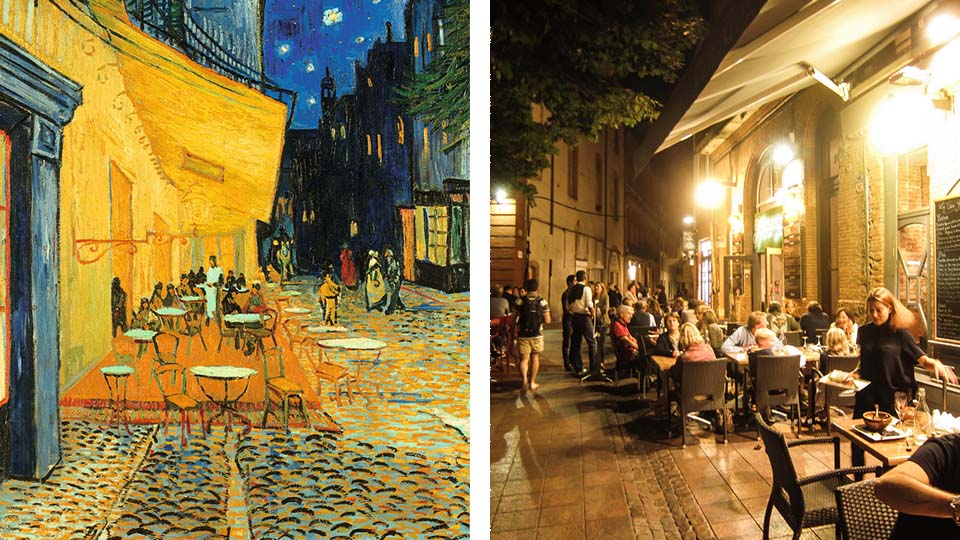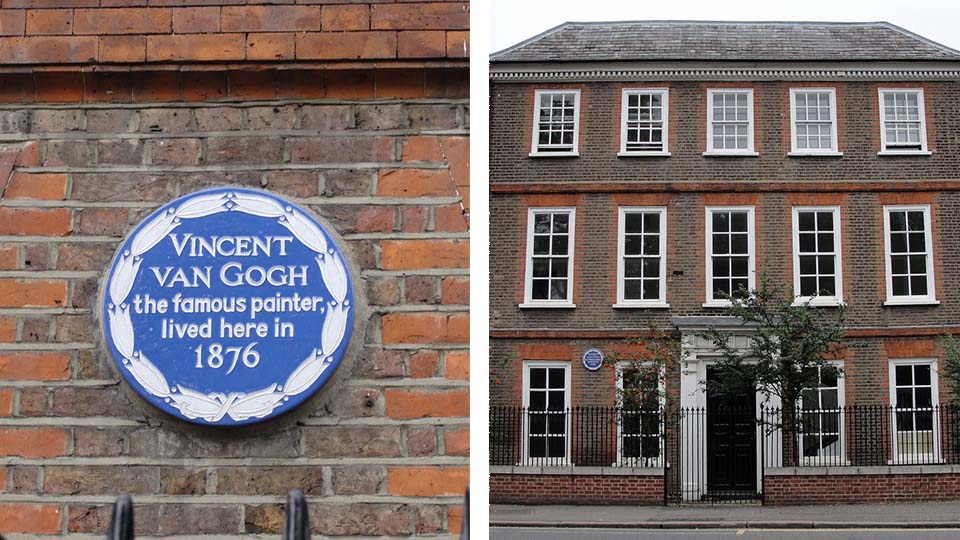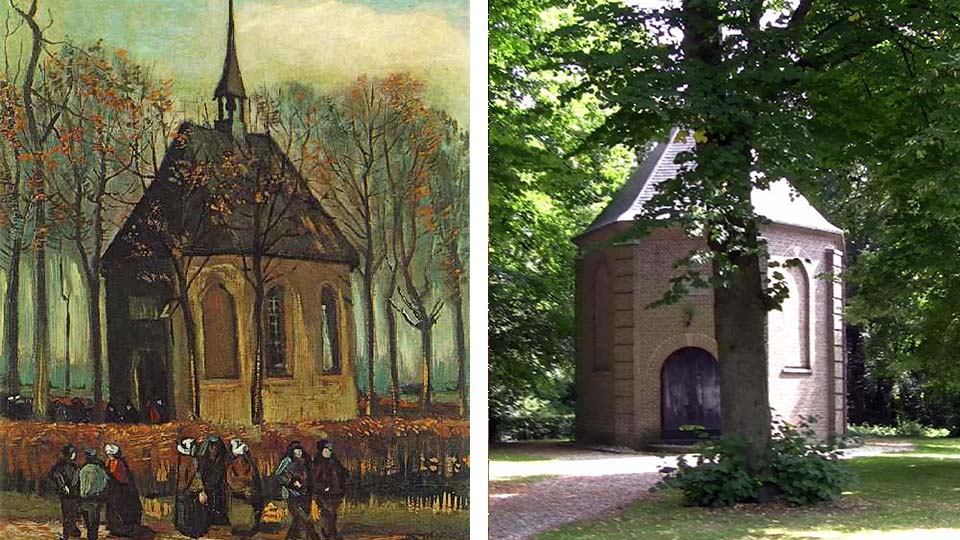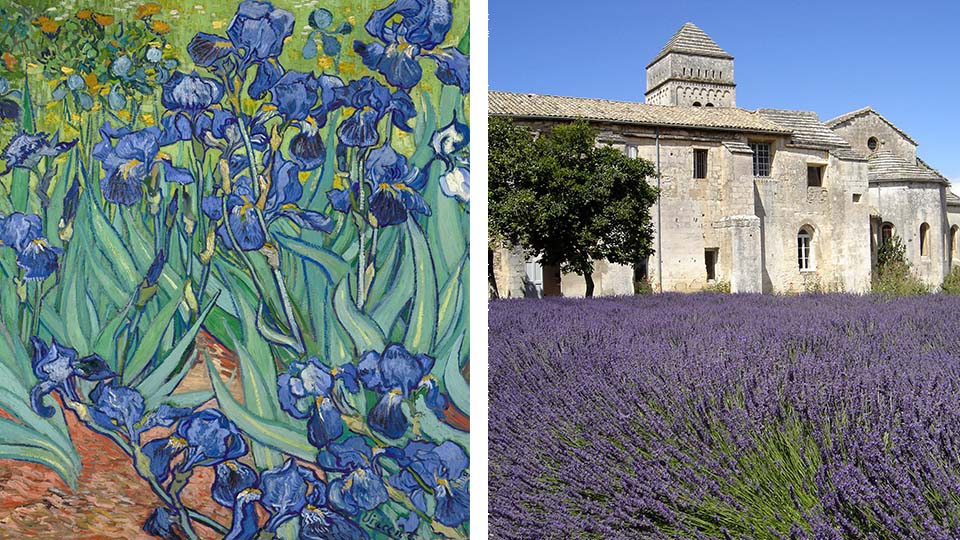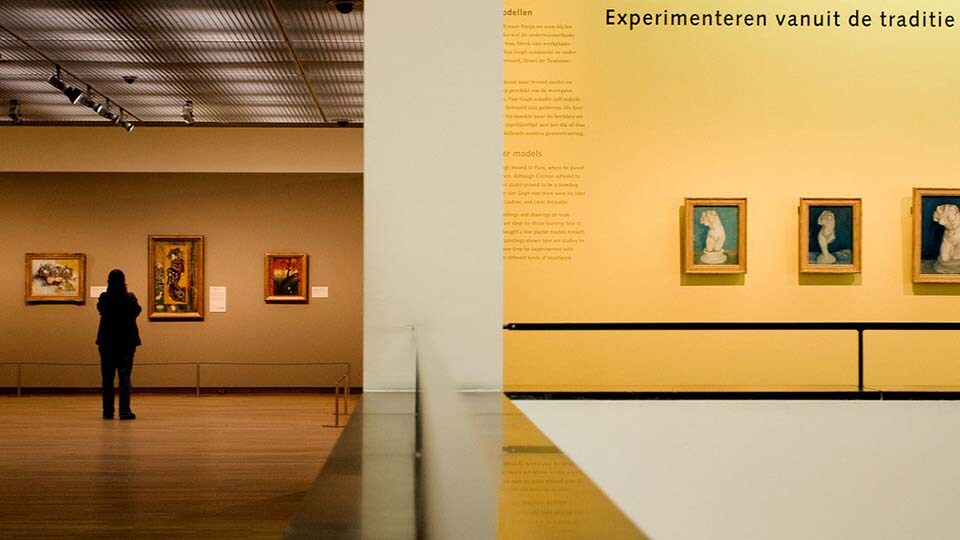Where Did Van Gogh?
In search of the locations that served as inspiration for one of the most famous artists ever to have lived.
Whether you know him for his sunflowers, starry nights or significant lack of a lobe, there’s a fair chance you’ve heard of the painter Vincent Van Gogh. But where did the peerless earless artist travel in his lifetime and which locations helped inspire his most famous works? Listen up and we’ll tell you…
-
1. Café van Gogh
Arles, FranceUntil its recent name change, tourists wandering through the très bon town of Arles would have been forgiven for walking past the Café Van Gogh without realising its significance. Formerly called Le Café la Nuit, the cafe was the subject of one of Van Gogh’s most famous works, "Café Terrace at Night." To experience the cafe at its best, visit in the late evening, just as the artist did. Talking about the painting in a letter to his sister he wrote, “It amuses me enormously to paint the night right on the spot.” -
2. Van Gogh Walk
Stockwell, LondonLondon’s Van Gogh Walk used to be a rather traditional run-of-the-mill street but was transformed through a community-focused project in 2013. The dramatic facelift changed ordinary old Isabel Street into a child-friendly space filled with plants, sculptures and play areas inspired by the artist’s works. Van Gogh lived in nearby Hackford Road in 1873 when he was working for a firm based in Covent Garden. While living in No. 87, he supposedly fell in love with his landlord’s daughter.
As well as promoting a greener, friendly neighbourhood in SW9, the Van Gogh Walk also has its own Twitter account and you can even follow his exact walk to work from Hackford Road to the National Gallery via the maps available on the website.
-
3. Reformed Church
Nuenen, NetherlandsIn 1884, Van Gogh painted "Congregation Leaving the Reformed Church in Nuenen," which is thought to be a gift for his mother. The same church still stands in Nuenen, but the whereabouts of the painting is unknown. Stolen in 2002 (along with "View of the Sea at Scheveningen") and valued at £300m, the painting remains unfound. The thieves were caught and served a 4-year sentence but may yet become multimillionaires. Due to a loophole in Dutch law, they might be able to become the legal owners of the pieces 20 years after they were stolen, as they have testified to the robbery. In the meantime, Van Gogh lovers can visit the subject of the painting and imagine the artist capturing the scene as the churchgoers left the Sunday sermon. -
4. Saint Paul-de-Mausole
Saint-Remy, Provence, FranceAfter the breakdown that saw him remove part of his ear, Van Gogh committed himself to this asylum in Provence, spending a year here from 1889–1890. In that time, he completed over 140 paintings, and the tranquil space allowed him to create some of his most famous pieces, including "Irises" and "The Starry Night." Still in use as a hospital, parts of the asylum are closed to the public. But visitors can stand at the window where the Van Gogh looked out over the surrounding gardens and scenery and see his cell that gives a sense of his existence at the former monastery. The stunning architecture and beautiful gardens make this a must-see stop for any fans wanting to get a sense of the artist during this period of his life and work. -
5. Van Gogh Huis
Zundert, NetherlandsVan Gogh’s birthplace is celebrated in the Netherlands with a museum built on the spot where he was born. The original house was torn down, but in its place stands Vincent Van Gogh Huis. The museum has various interactive exhibits depicting Van Gogh’s life as well as other artists the painter has inspired. Visitors to Zundert sometimes spot a Van Gogh gravestone in the church’s graveyard where Van Gogh’s father was a preacher, but the grave is the resting place of Vincent’s older brother — confusingly, also called Vincent. The elder Vincent Van Gogh was tragically stillborn, just a year before the legendary painter was born.
